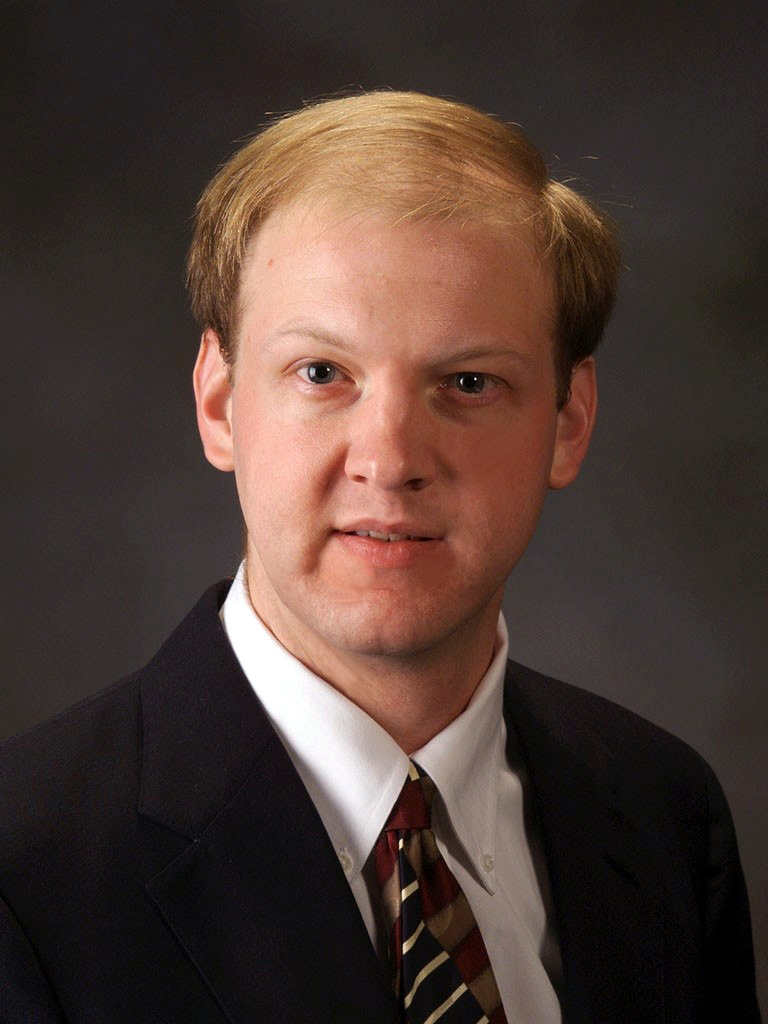Tutorial – Not Your Grandfather’s Propagation Model: Modern Techniques and Approaches for Beyond 5G Wireless Systems
• Date: Wednesday, 23 April 2025, 13:00 in Salon II
• Duration: 90 minutes
Abstract
Existing classical propagation models, such as the Irregular Terrain Model, Hata Model, or various ITU models, have a long and rich history of being utilized for spectrum and system planning. However, these models rely on decades-old approaches, techniques, and approximations, and their continued use severely limits the potential of modern wireless services. With the increasing demand for enhanced spectrum efficiency, there is an urgent need for modern propagation models that leverage advanced techniques and up-to-date datasets while remaining firmly grounded in physics. These models will be essential to drive the ongoing advancement of wireless systems.
This talk will provide a brief overview of the classical propagation models and explore the reasons behind their continued widespread adoption today. Additionally, we will review modern modeling techniques that have been discussed in the literature, highlighting the key challenges and weaknesses associated with each approach. Finally, we will engage in a discussion concerning the essential features and techniques that modern propagation models must incorporate to effectively address the evolving needs of the wireless ecosystem.

Presenter- Christopher R. Anderson
Short Bio- Christopher is the Theory Division Chief for the National Telecommunications and Information Administration (NTIA) Institute for Telecommunication Sciences (ITS). He joined ITS in 2023, following a distinguished 16-year tenure at the United States Naval Academy (USNA) where he served as an Associate Professor in the Electrical Engineering Department. At USNA, he founded and directed the Wireless Measurements Group, a specialized research team focusing on spectrum, propagation, and field strength measurements in diverse environments and frequencies ranging from 300 MHz to 28 GHz. During 2016-2018, he served as a Visiting Researcher for the NTIA ITS Theory Division, concentrating on the development of propagation models for cluttered environments. Currently, his primary interests lie in enhancing spectrum coexistence between active and passive technologies and improving wireless coverage in rural or underserved areas. Dr. Anderson has served as an Editor of the IEEE Transactions on Wireless Communications, is currently the Chair of the UAV and V2V Channel Modeling Subgroup of the IEEE Mobile Communication Network Standards Committee, and is Chair of the URSI US National Committee Commission A (Electromagnetic Metrology).
